Reflex Integration
Reflex Integration

Reflex integration refers to the process by which primitive reflexes automatic, involuntary movements that are present at birth are inhibited or 'integrated' into more complex, voluntary motor control as the child matures. These reflexes are essential for early development, but if they remain active beyond the expected developmental stage, they can interfere with normal movement, posture, coordination, and behavior.
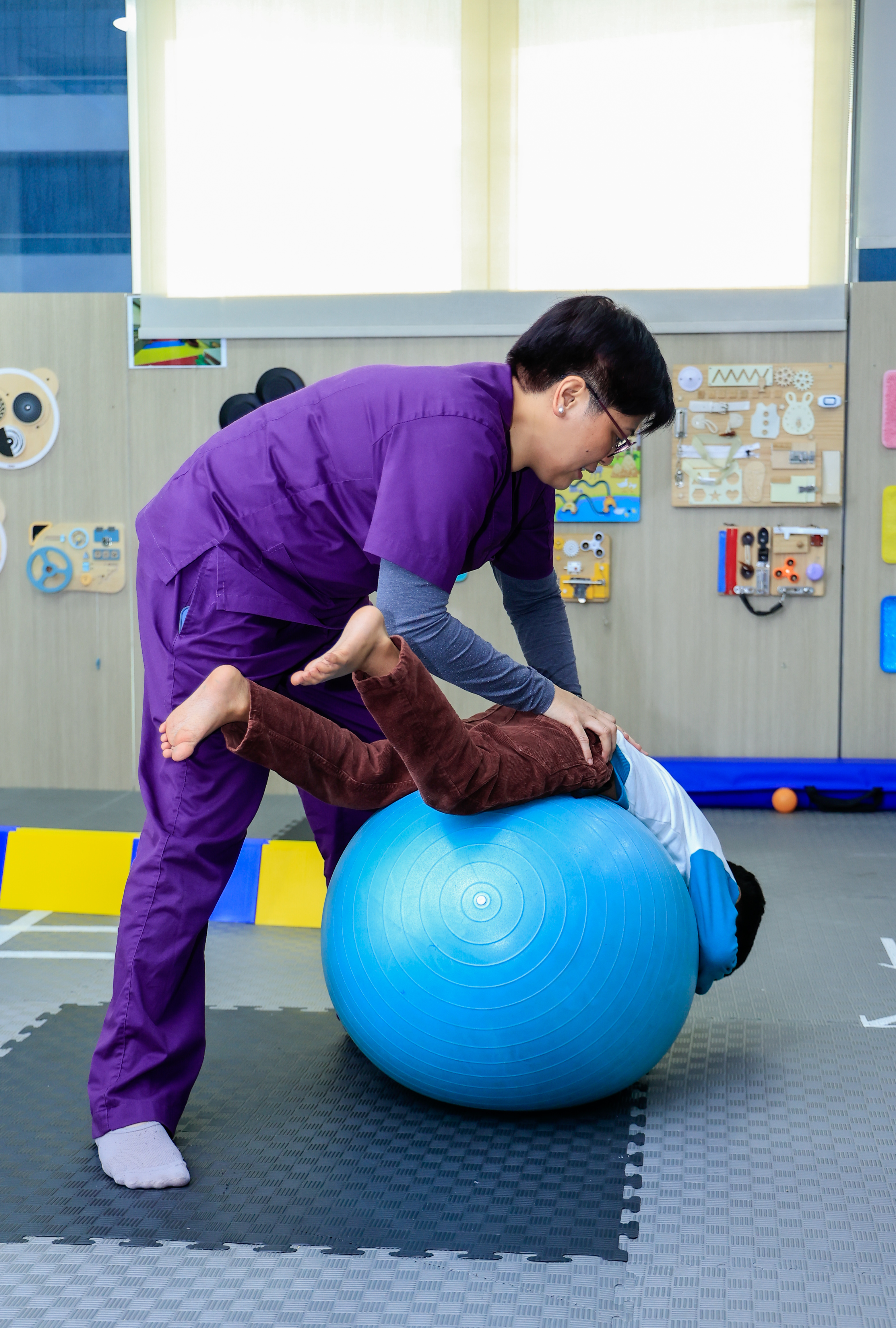
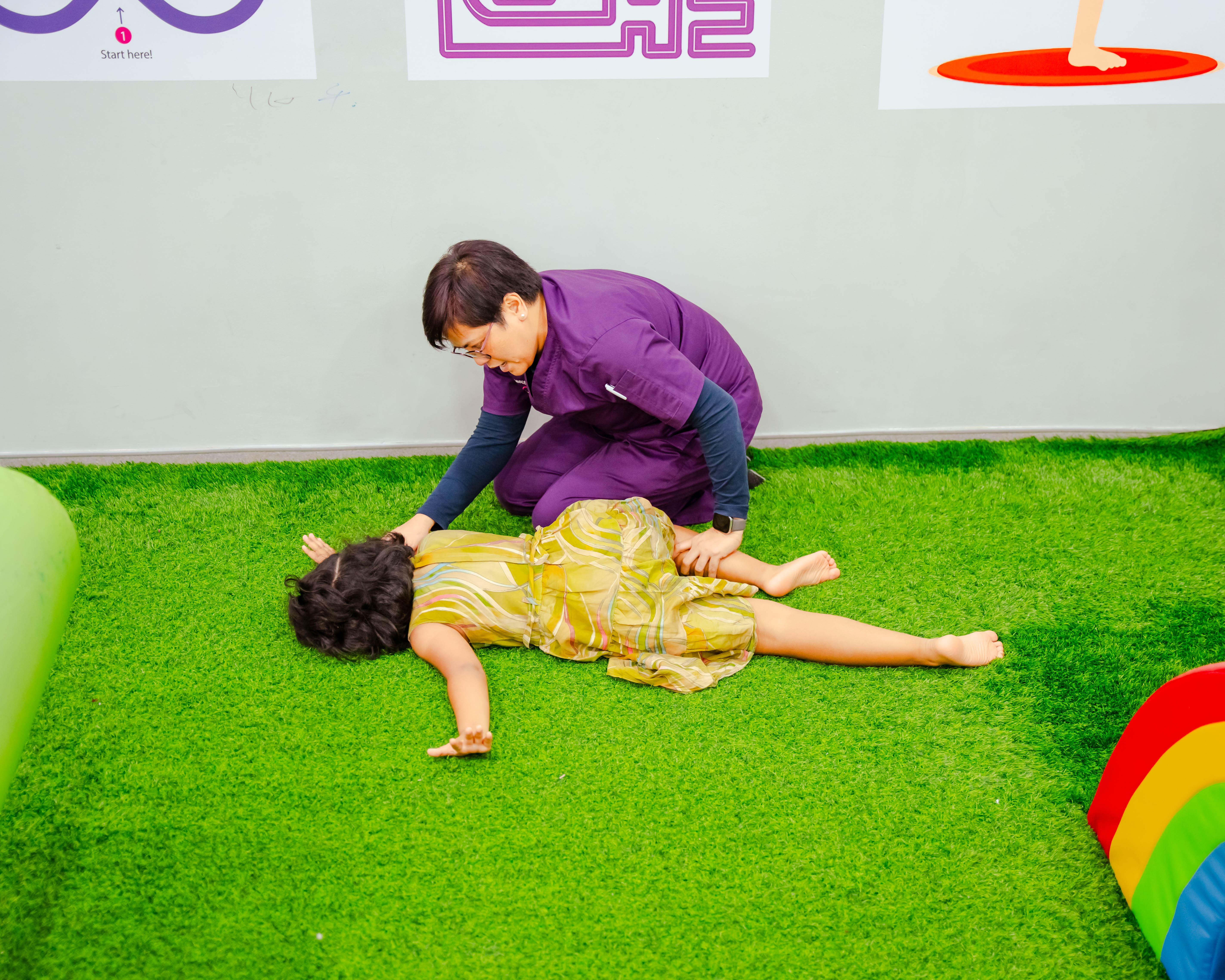
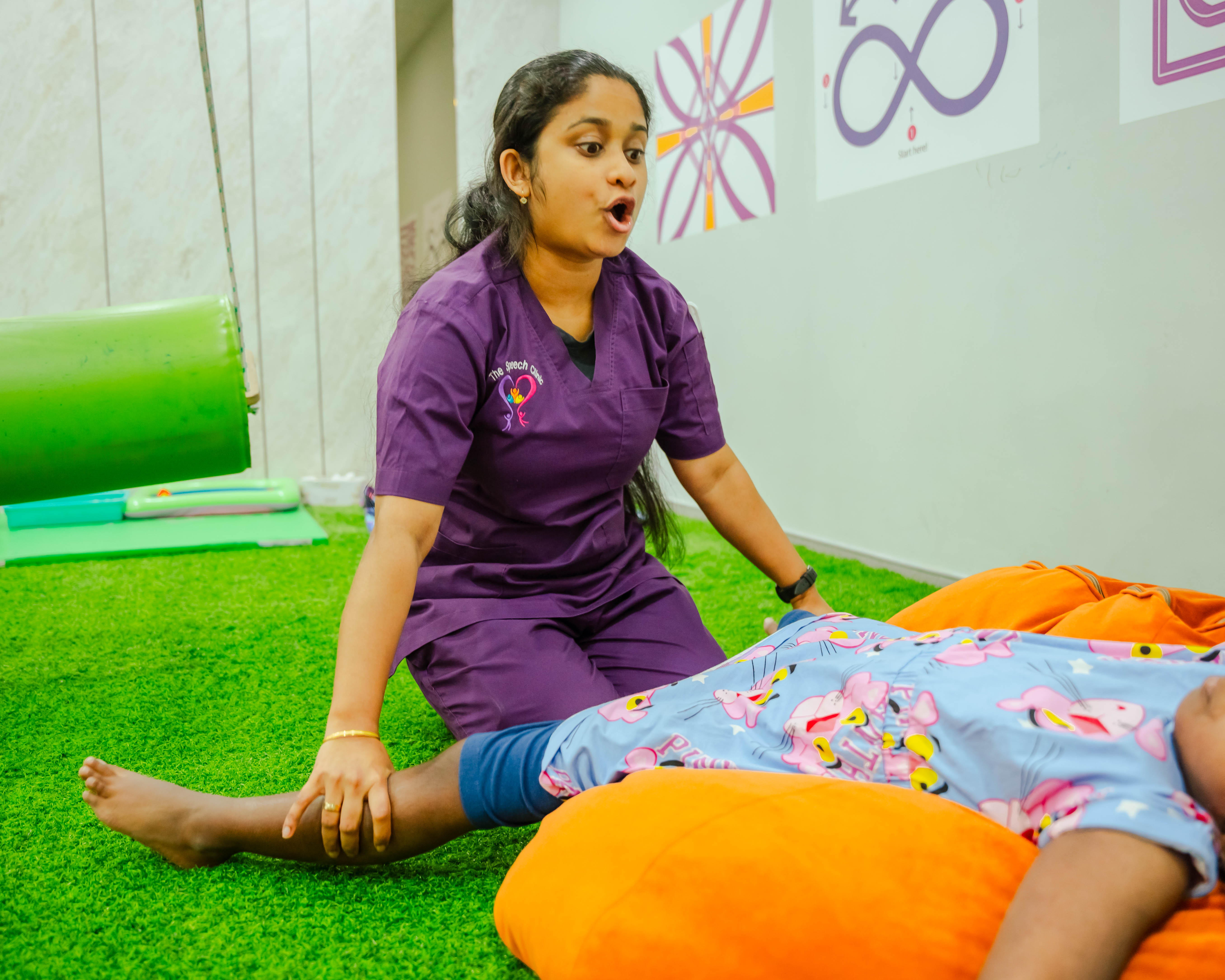

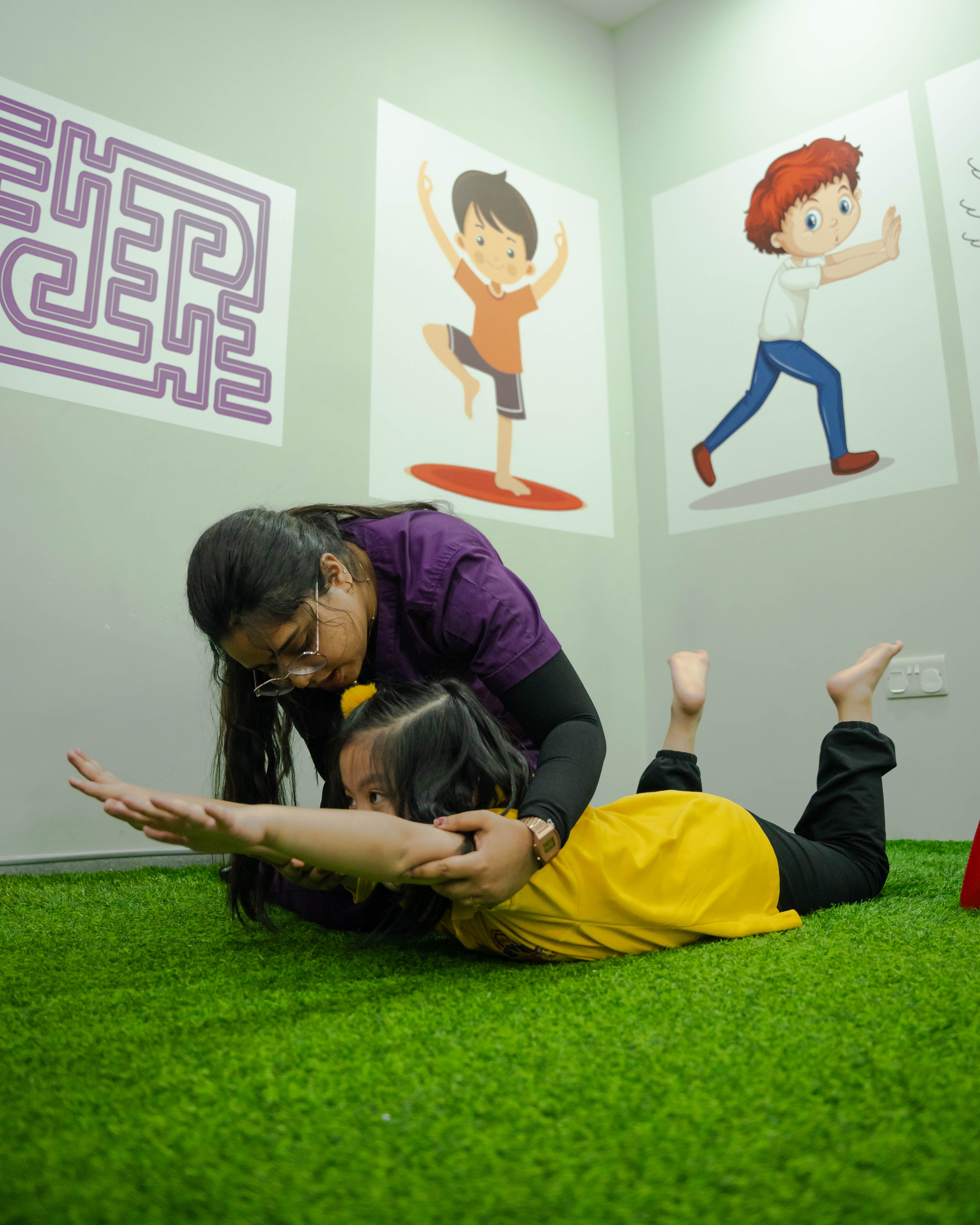
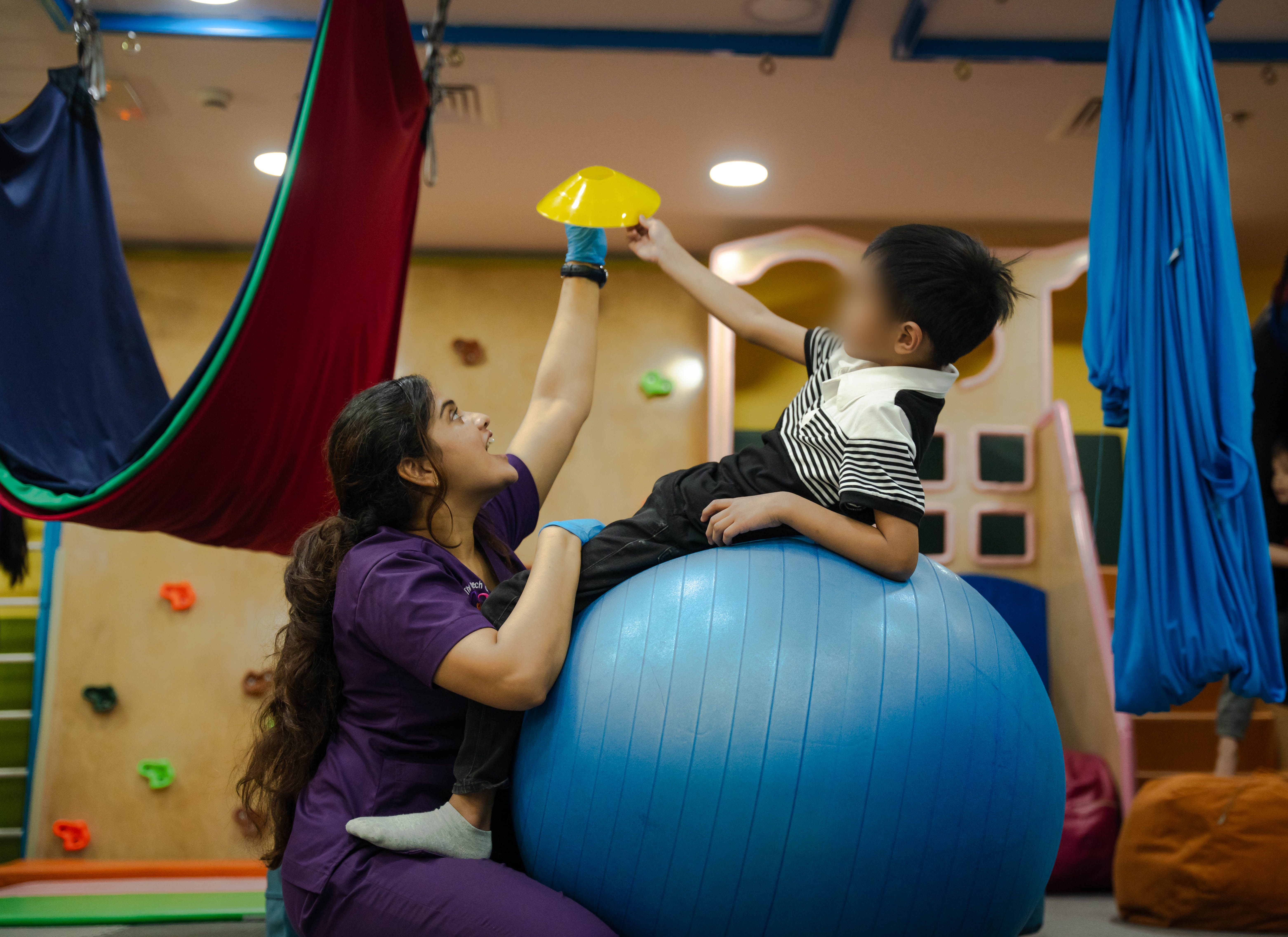
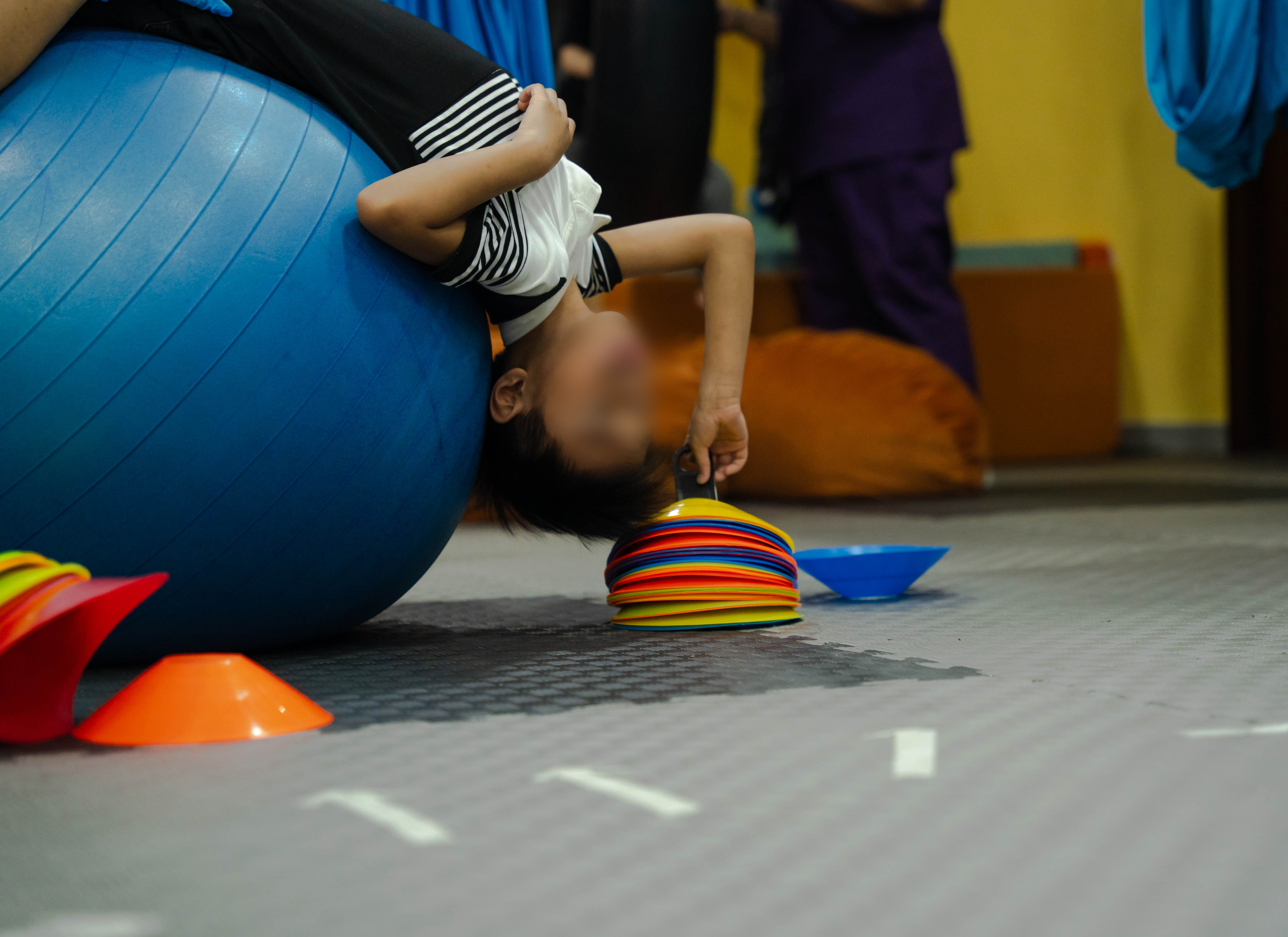
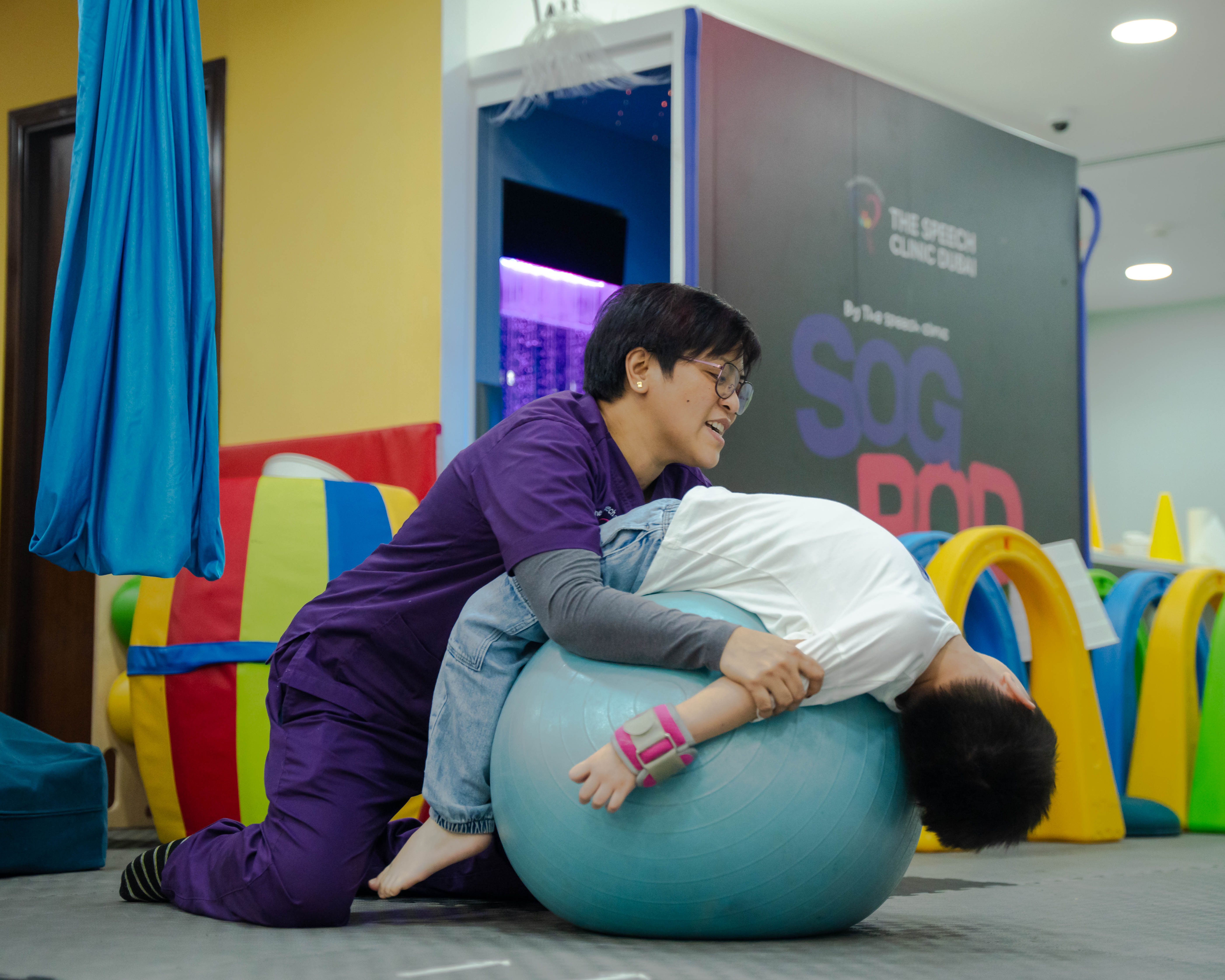
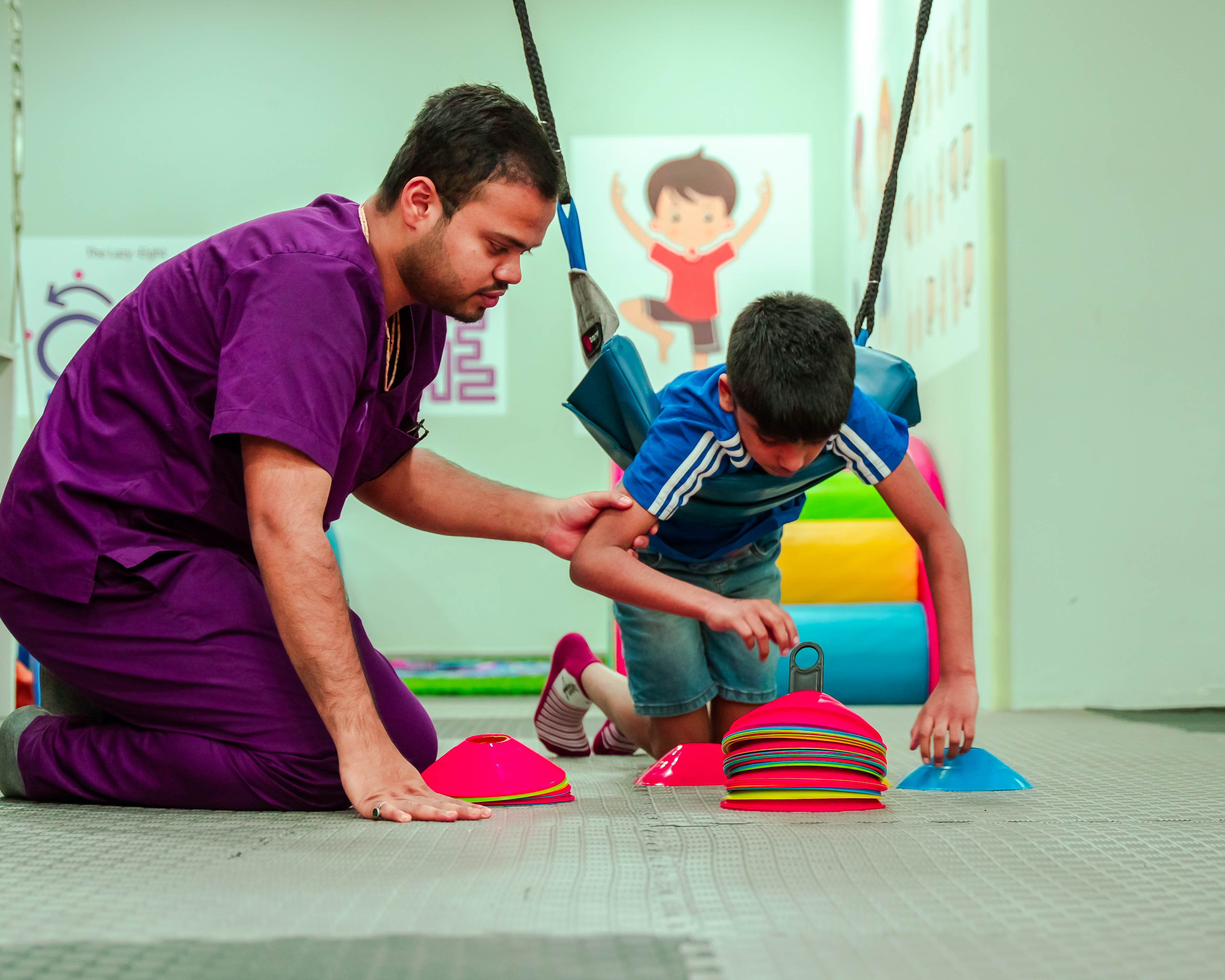
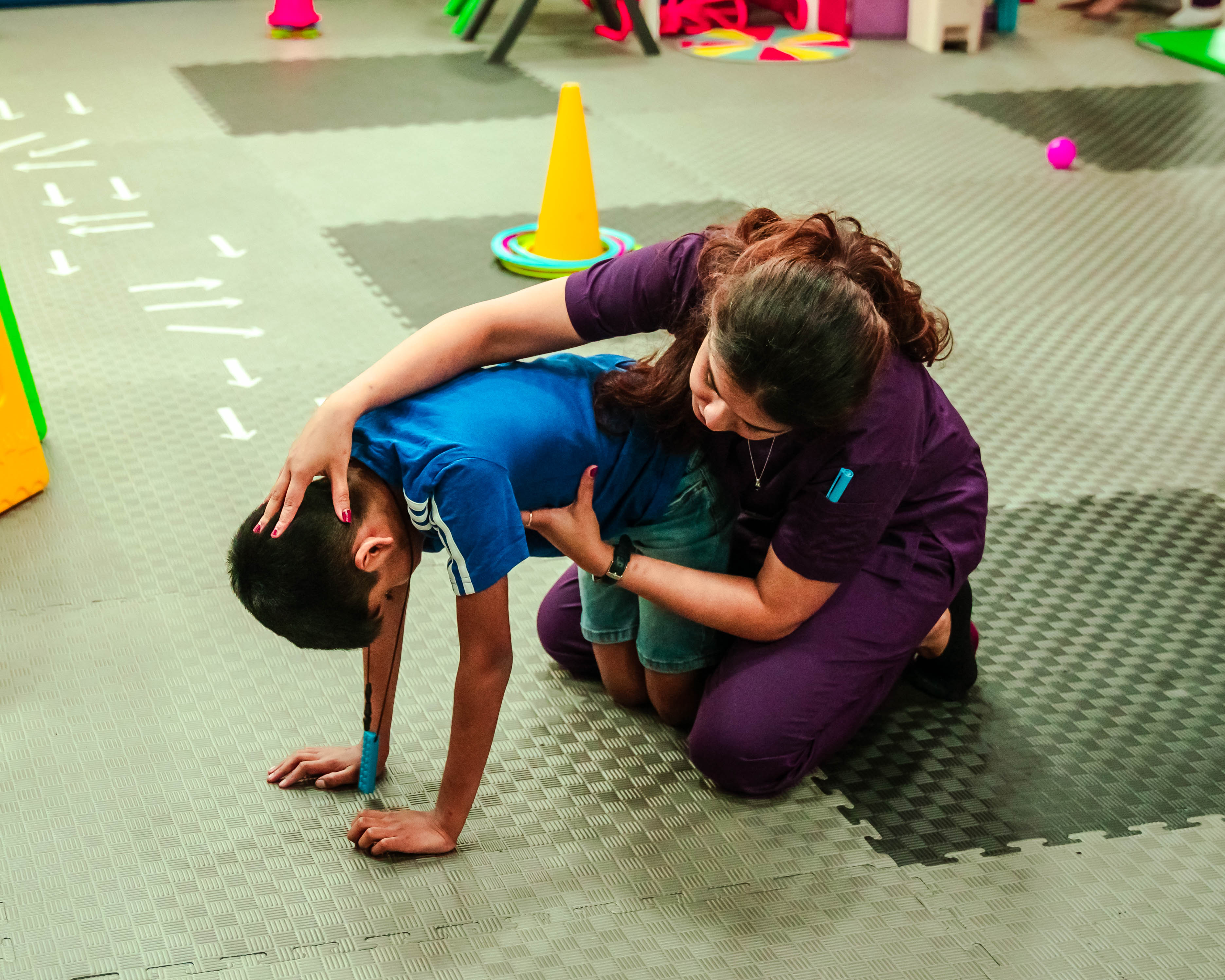
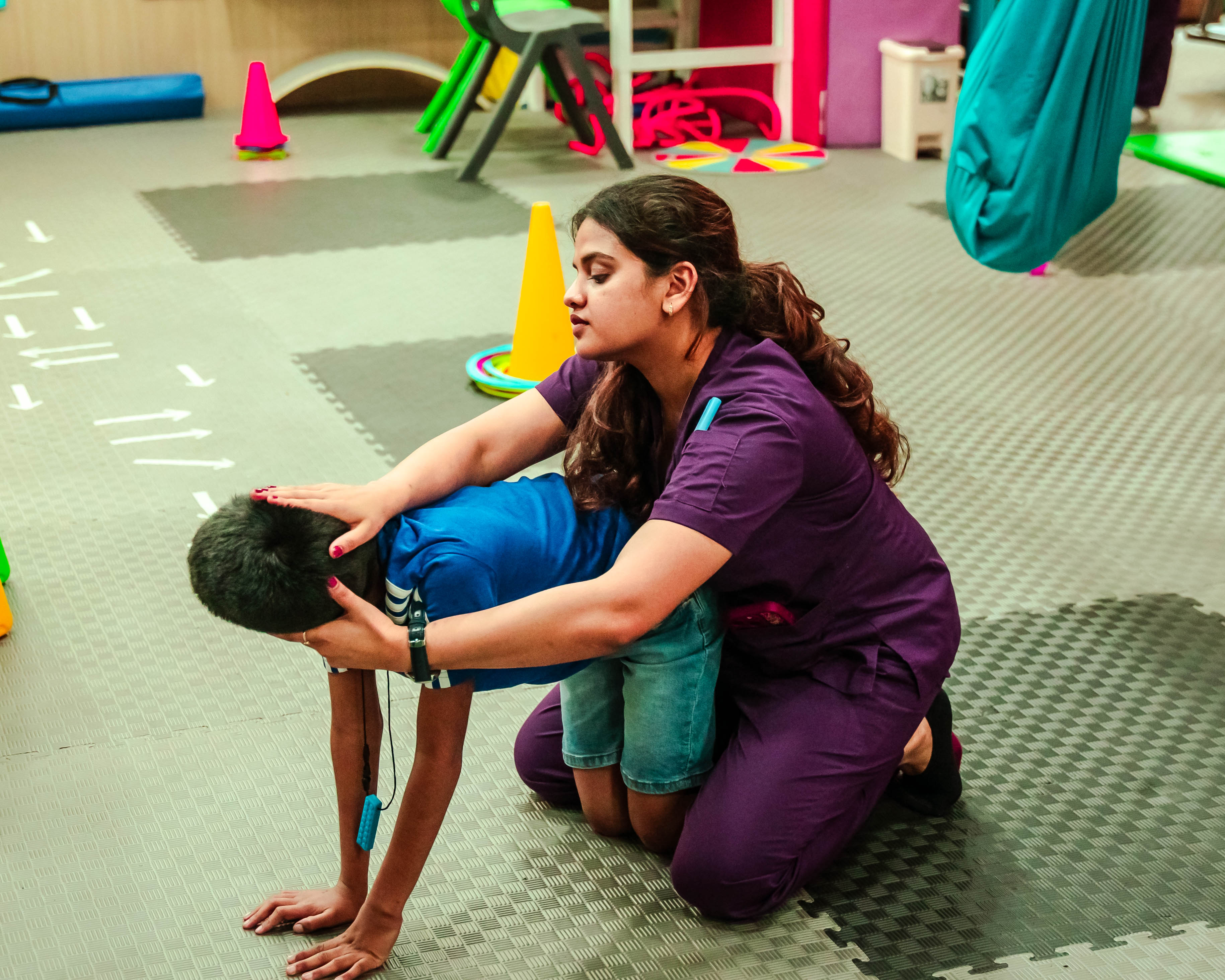
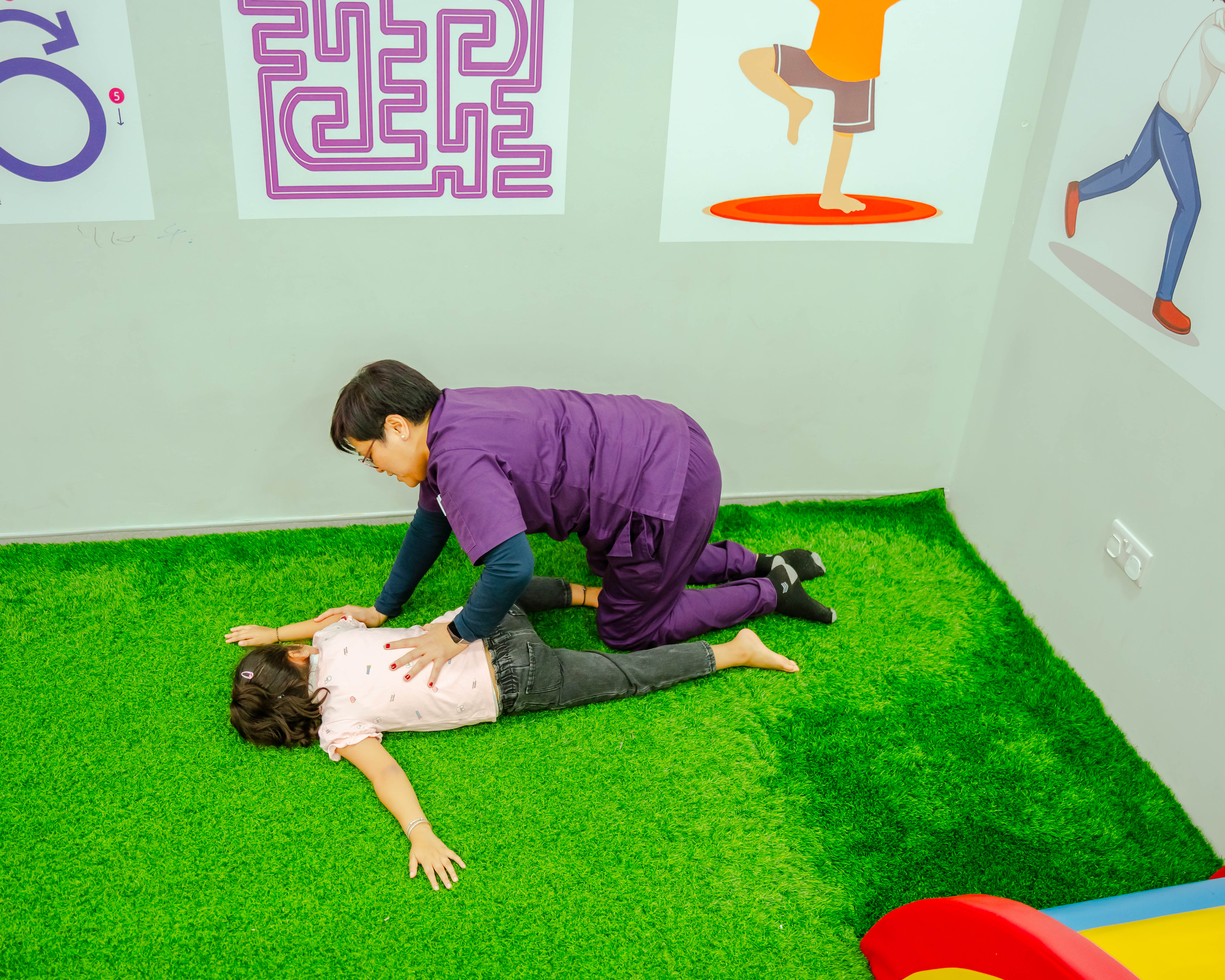
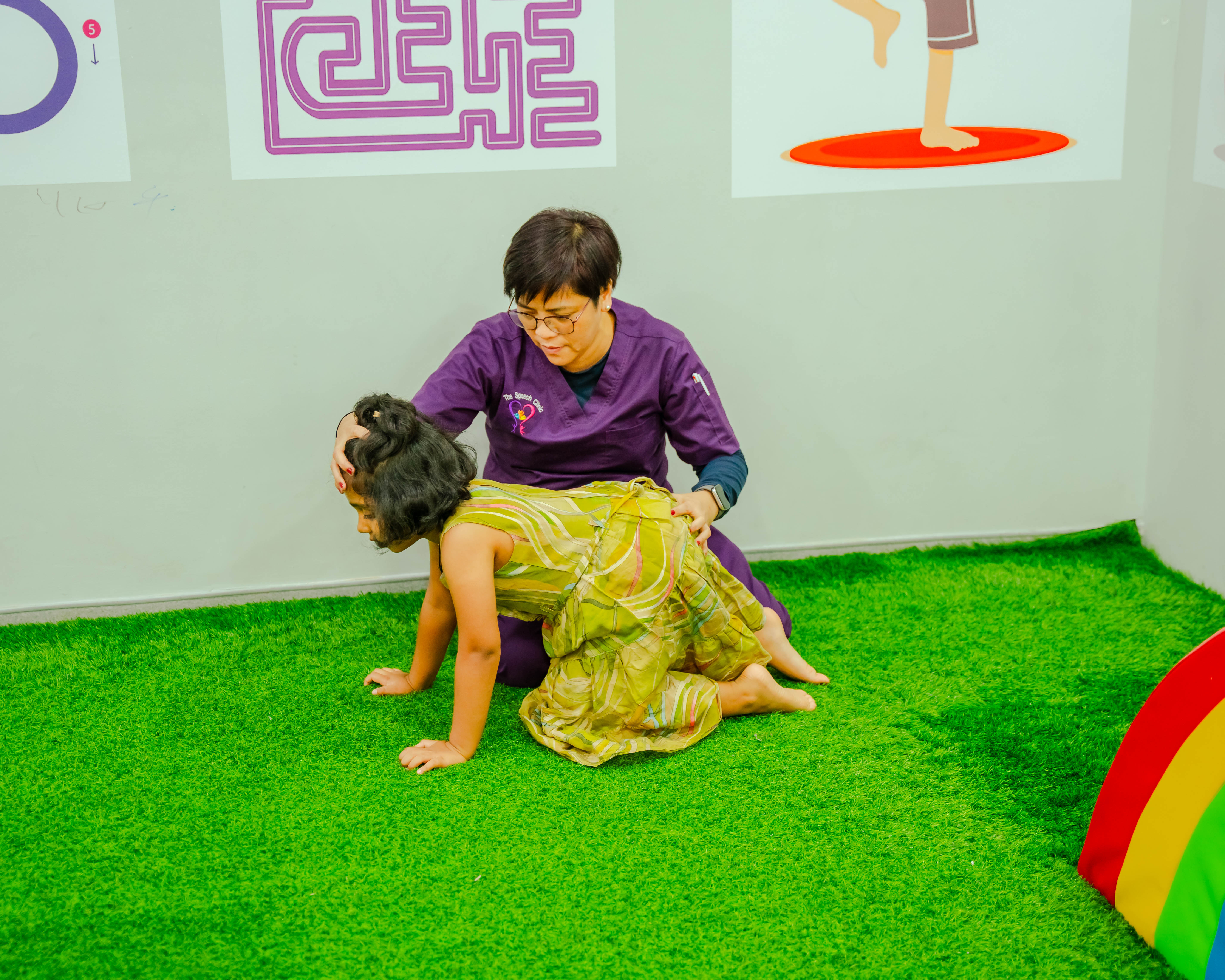
At The Speech Clinic, our therapist are qualified in certifications like Rhythmic Movement Training International (RMTi), Harkla Primitive Reflexes-Master level, and Masgutova Neurosensorimotor Reflex Integration (MNRI). The primitive reflexes are :
Palmar Grasp Reflex:
- This primitive reflex, which should disappear by around 6 months of age
- If it persists, it may hinder the development of fine motor skills, such as hand-eye coordination, grasping, and object manipulation, making tasks like writing and self-feeding difficult
- Interfere with sensory processing, cognitive functions, postural control, balance and motor planning.
Moro Reflex
- This primitive reflex, which should disappear by around 4-6 months of age
- Persistance can lead to several developmental issues and linked to the fight-or-flight mechanism, and it can cause emotional and behavioral issues
- Interfere with focus and attention, making it difficult for children to concentrate or sit still, particularly in school settings
- Impact motor coordination and balance, leading to difficulties in tasks that require controlled movement, such as walking or running
- Result in sensory processing issues, where children become hypersensitive to touch, sound, or movement
ATNR (Asymmetrical Tonic Neck Reflex)
- The ATNR should be disappear by the age of six months
- Persistance can interfere with normal motor development
- Difficulties with hand-eye coordination, balance, and spatial awareness
- Trouble with activities like writing, reading, or sports
- Impact cognitive functions, causing challenges with focus, concentration, and learning
- Interfere with laterality (the preference of one side of the body over the other), poor posture, and even
- emotional regulation difficulties .
STNR (Symmetrical Tonic Neck Reflex)
- The STNR typically integrates between 8 to 12 months of age
- If it remains active beyond this period, it can interfere with a child's ability to achieve coordinated, controlled movement
- Disrupt the development of proper posture, balance, and fine motor skills. This can result in problems with tasks such as sitting upright, crawling, or transitioning from one position to another
- Struggle with activities that require both upper and lower body coordination
- Contribute to difficulties in tasks that require concentration and focus, like reading or writing
Spinal Galant Reflex
- Integrates by around 9 months of age
- Persistance can affect a child's motor control and sensory processing.
- Difficulties with posture, balance, and coordination, making it hard for individuals to sit still or maintain a proper sitting position, particularly in school or during focused tasks.
- Result in frequent squirming, fidgeting, or discomfort while sitting
- Issues with fine motor skills
- Experience heightened anxiety or restlessness
- Bedwetting or difficulty with bladder control as the reflex affects the lower back and pelvic region
TLR (Tonic Labyrinthine reflex)
- This primitive reflex, which should integrate by 24 months of age.
- Persistance leads to poor balance, visual-perception challenges,auditory processing challenges ,decreased organizational skills,spatial awareness difficulties
Plantar Reflex
- The plantar reflex is associated with toe walking and poor balance